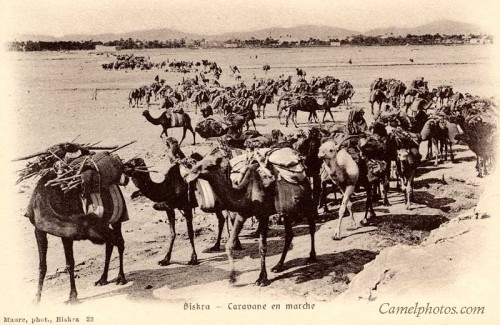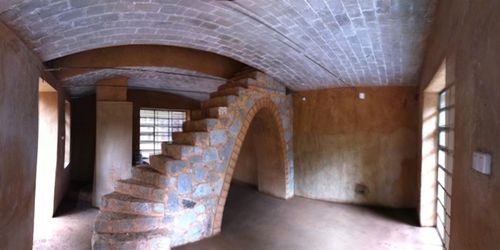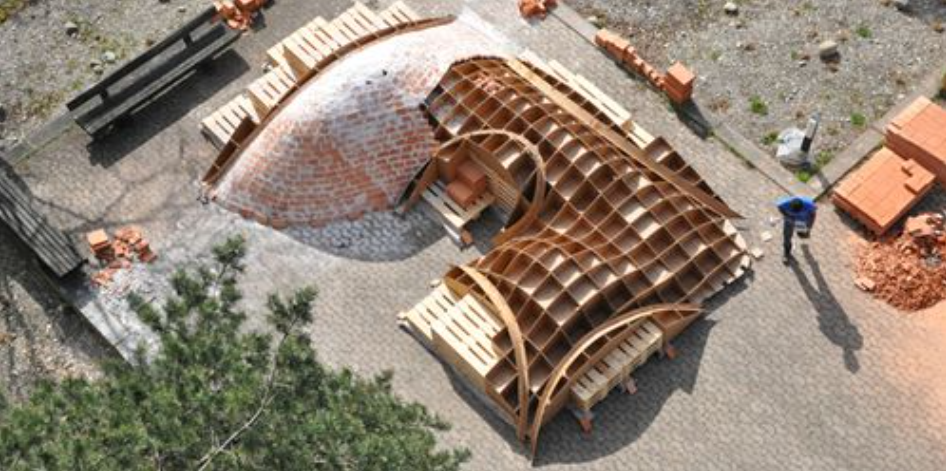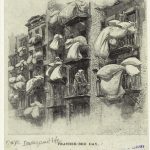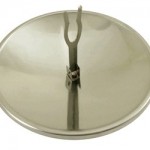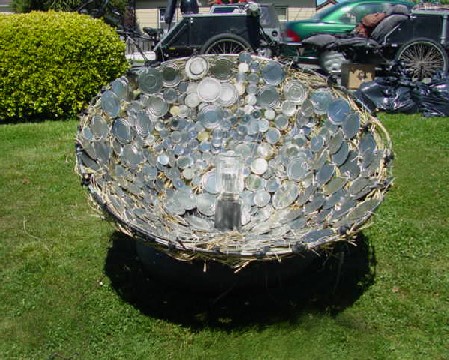 “The objective of this project is to create a solar cooker out of local invasive species and waste materials. We want to create a device that can pasteurize water and be an alternative to the use of fossil fuels for cooking food.”
“The objective of this project is to create a solar cooker out of local invasive species and waste materials. We want to create a device that can pasteurize water and be an alternative to the use of fossil fuels for cooking food.”
“The structure of the parabolic solar cooker will be made from the canes, or stems, of the locally invasive Himalaya blackberry. Canes will be harvested and dethorned so they can be woven into a parabolic basket shape. The Himalaya blackberry canes form parabolic curves, so when they dry and stiffen they will maintain the sturdy parabolic shape of the basket.”
“To give the parabolic cooker its necessary reflective surface, we gathered around 300 tin can lids to line the inside of the basket. We punched holes in the can lids so we could string them together in lines of 8-10 lids each. Then we tied these lengths of can lids to the basket using either hemp twine or twist ties. Since there were still many spaces on the basket uncovered by can lids, we gathered a bunch of large can lids and attached those individually to the basket.”
Read more: Parabolic basket and tin can solar cooker. More DIY-posts. Previously: The bright future of solar powered factories.
